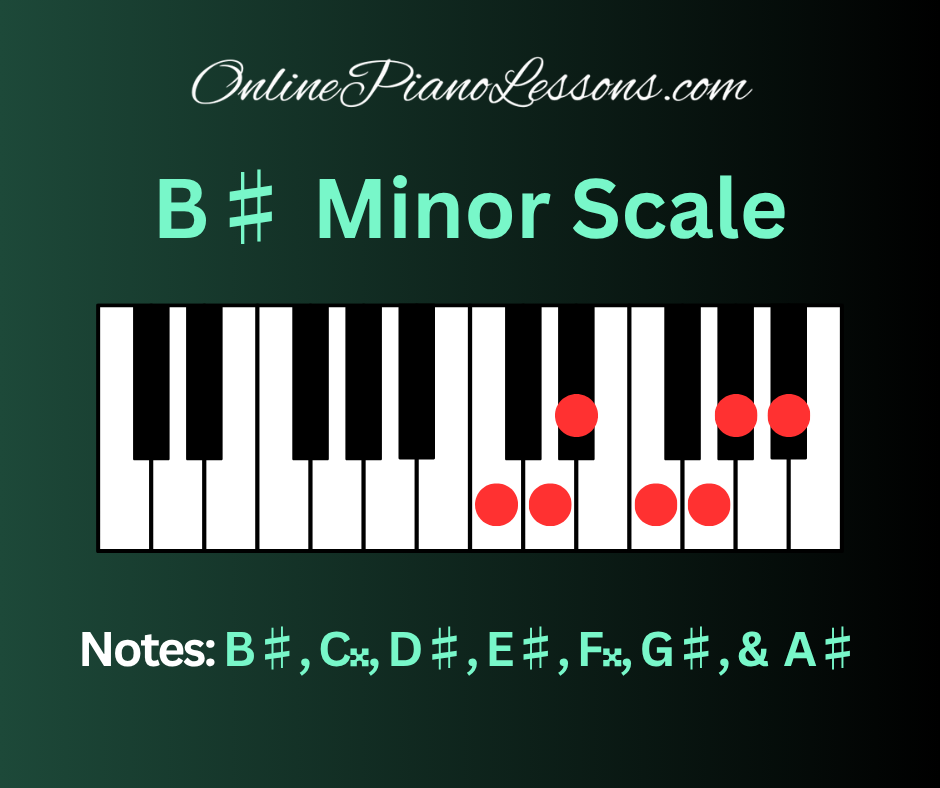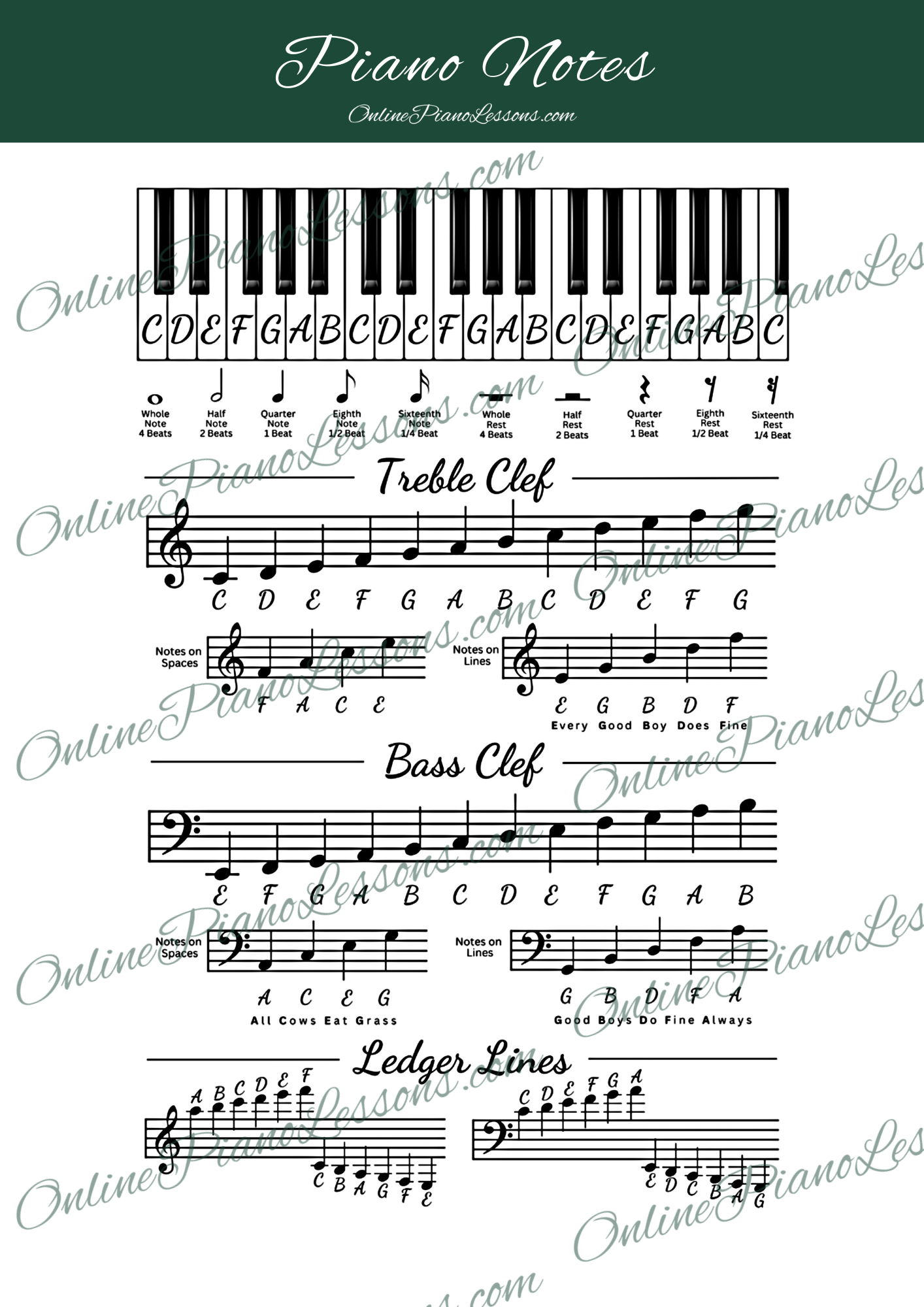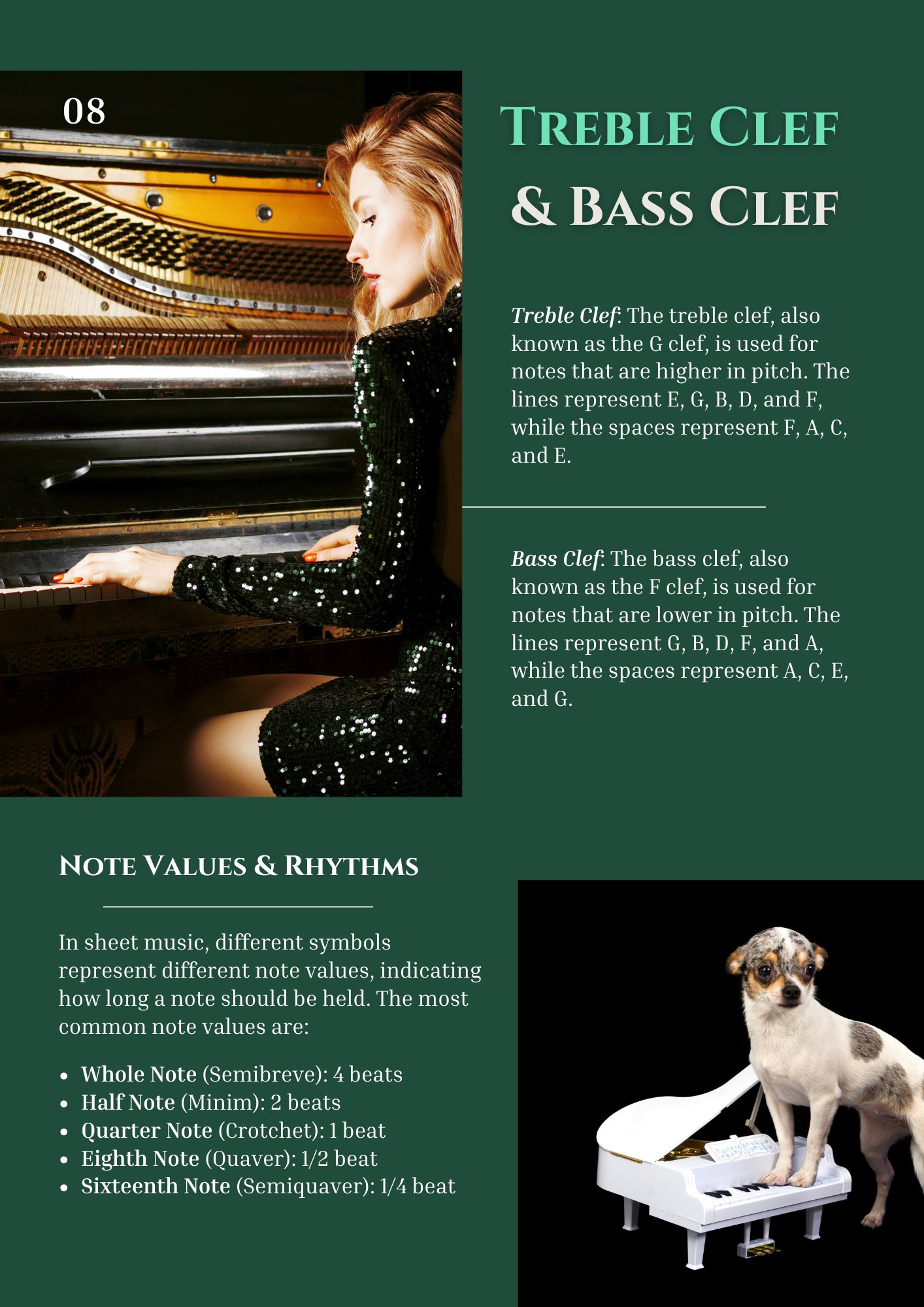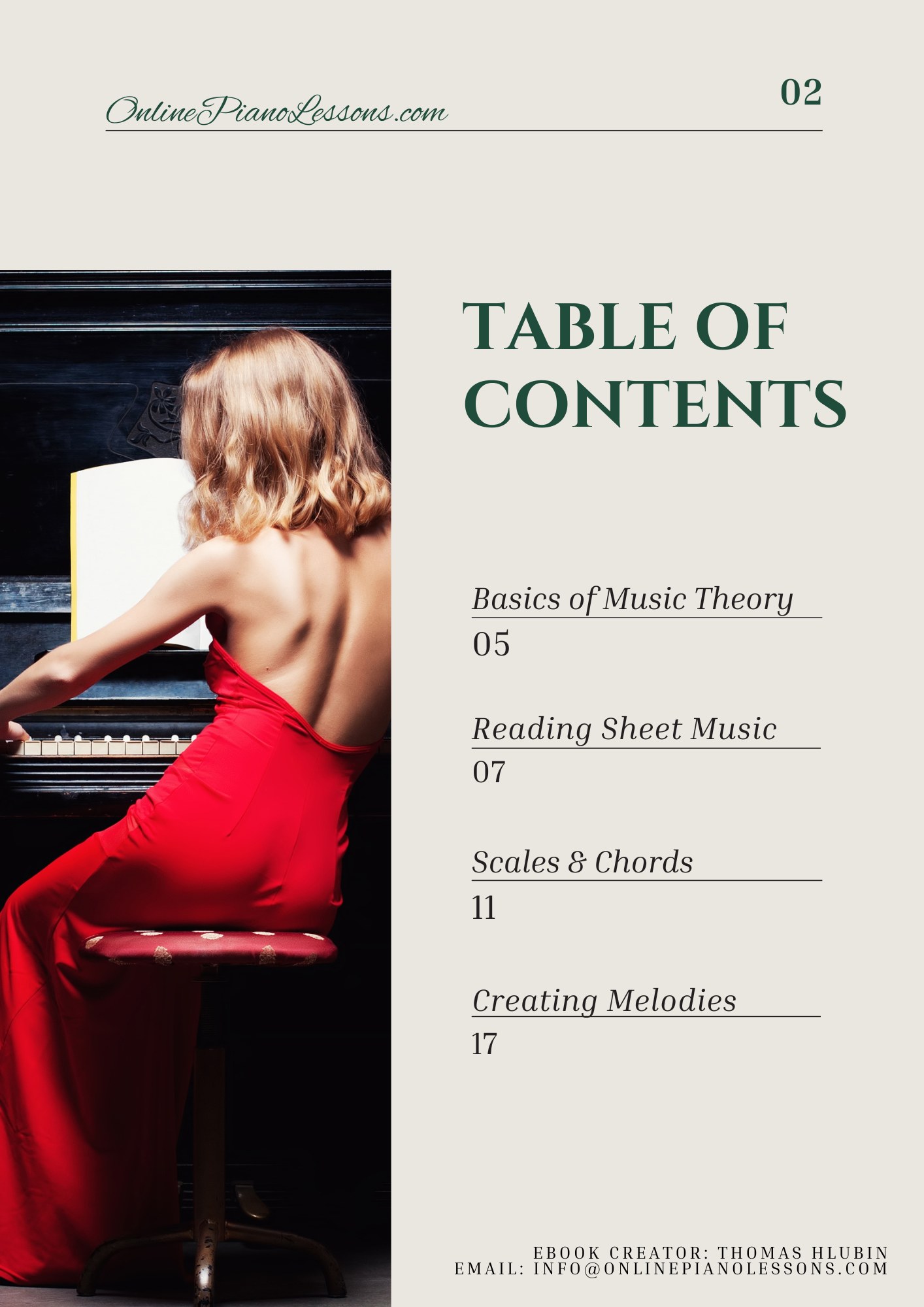
The B sharp minor scale might not be the most common key you’ll encounter on the piano, but it’s a fascinating and theoretical scale worth understanding. While it’s enharmonically equivalent to C minor (meaning they sound the same on a piano), the B♯ minor scale is written differently and serves a distinct purpose in advanced theory and composition. In this definitive guide, we’ll explore what the B sharp minor scale is, how to find it on the piano, how it sounds, and why it matters.
Quick Preview: The B sharp minor scale (B♯, C𝄪, D♯, E♯, F𝄪, G♯, A♯) is a theoretical, sharp-spelled minor key that’s enharmonically equivalent to C minor on the piano. This definitive guide explains what the B sharp minor scale is, how to read and play it on the piano, its harmonic content (natural, harmonic, and melodic forms), practical fingering and exercises, and why studying this scale improves your notation fluency and understanding of enharmonic relationships.
What Is the B Sharp Minor Scale?
The B sharp minor scale is a seven-note scale based on the note B♯. Its natural form includes the following notes:
B♯, C𝄪, D♯, E♯, F𝄪, G♯, and A♯.
If you’re looking at the piano keyboard, you’ll notice that B♯ is actually the same key as C. Similarly, E♯ is the same as F, and C𝄪 (C double sharp) is the same as D. While this can be confusing at first, the notation of the B♯ minor scale follows strict theoretical logic used in composition and harmonic analysis.
The B♯ minor scale follows the same interval pattern as all natural minor scales:
Whole – Half – Whole – Whole – Half – Whole – Whole
Using that pattern starting from B♯ gives us:
- B♯ to C𝄪 (whole step)
- C𝄪 to D♯ (half step)
- D♯ to E♯ (whole step)
- E♯ to F𝄪 (whole step)
- F𝄪 to G♯ (half step)
- G♯ to A♯ (whole step)
- A♯ to B♯ (whole step)
That completes the octave and gives the full structure of the B sharp minor scale on the piano.
The Harmonic and Melodic B♯ Minor Scales
Just like every other minor key, the B♯ minor scale can appear in three forms: natural, harmonic, and melodic.
Harmonic B♯ Minor Scale
The harmonic B♯ minor scale raises the 7th degree of the natural minor scale by a half step.
That means the A♯ becomes A𝄪 (A double sharp).
So, the harmonic form becomes:
B♯, C𝄪, D♯, E♯, F𝄪, G♯, A𝄪, B♯
This raised seventh creates a leading tone that pulls back strongly to the tonic (B♯), giving the scale its distinctive classical sound.
Melodic B♯ Minor Scale
The melodic B♯ minor scale raises both the 6th and 7th degrees of the natural scale when ascending, and then returns to the natural form when descending.
Ascending:
B♯, C𝄪, D♯, E♯, F𝄪, G𝄪, A𝄪, B♯
Descending:
B♯, A♯, G♯, F𝄪, E♯, D♯, C𝄪, B♯
On the piano, this scale sounds identical to the melodic C minor scale but is written differently for theoretical clarity.
How to Find the B Sharp Minor Scale on Piano
To play the B♯ minor scale on the piano, start by locating B♯, which is the same key as C. From there, follow the correct pattern of whole and half steps for the natural minor scale.
Even though the notes of the B sharp minor scale correspond exactly to those of the C minor scale, it’s important to think of them by their correct theoretical names. This distinction becomes especially important when analyzing compositions or modulations in complex keys.
Step-by-Step Breakdown
- Start on B♯ (C key)
- Move up a whole step to C𝄪 (D key)
- Go up a half step to D♯ (D♯ key)
- Move up a whole step to E♯ (F key)
- Move up a whole step to F𝄪 (G key)
- Go up a half step to G♯ (G♯ key)
- Move up a whole step to A♯ (A♯ key)
- Finally, return to B♯ (C key)
Each of these notes aligns to specific piano keys, but the notation matters for how the scale functions in written music.
The Sound and Character of the B♯ Minor Scale
The B♯ minor scale has a dark, introspective quality like all minor scales, but because it’s a theoretical key, it’s rarely used in performance or composition. However, if you were to play it (sounding identical to C minor), you’d hear a somber and emotionally rich tone.
Composers sometimes refer to B♯ minor in advanced modulation sequences or theoretical discussions involving enharmonic keys. For instance, in some complex symphonic or keyboard works, the key of B♯ minor might appear momentarily as a pivot between two unrelated tonal centers.
In terms of sound, it can be described as:
- Mournful and reflective, like most minor keys.
- Stable yet unresolved, especially in the natural form.
- Mysterious and dramatic when using the harmonic version.
- Flowing and expressive when using the melodic version.
The Relationship Between B♯ Minor and Its Relative Major
Every minor scale has a relative major scale that shares the same key signature. The relative major of B♯ minor is D𝄪 major (D double sharp major).
This is a highly theoretical key since D𝄪 is enharmonically equivalent to E major. So, while you may never see D𝄪 major written in practical music, it’s theoretically the correct relative major of B♯ minor.
This relationship helps music theorists and composers understand modulations and harmonic progressions on paper, even if they’re never explicitly played or notated in this way in a real piece of music.
Chords in the B Sharp Minor Scale
Here are the diatonic triads (three-note chords) built from each degree of the B♯ minor scale:
- B♯ minor (B♯–D♯–F𝄪)
- C𝄪 diminished (C𝄪–E♯–G♯)
- D♯ major (D♯–F𝄪–A♯)
- E♯ minor (E♯–G♯–B♯)
- F𝄪 minor (F𝄪–A♯–C𝄪)
- G♯ major (G♯–B♯–D♯)
- A♯ major (A♯–C𝄪–E♯)
These chords follow the same functional pattern as those in C minor but are named according to the theoretical spelling of the B♯ minor scale. This is particularly useful when analyzing key changes or transposing pieces across different tonal systems.
Enharmonic Equivalent: C Minor
Here’s an interesting fact: the B♯ minor scale and the C minor scale sound exactly the same on the piano. Every note you play for C minor will also serve as the pitch equivalent of B♯ minor.
However, in written music, these keys serve very different functions. B♯ minor might appear in works involving modulation from or to keys like G♯ major or D𝄪 major — keys that would make no sense to notate as C minor.
So, while you’ll almost never see a piano piece written directly in B♯ minor, understanding it helps build stronger theoretical knowledge.
Why Learn the B♯ Minor Scale?
Learning the B♯ minor scale might seem unnecessary at first, but there are several valuable reasons to study it:
- Improves theoretical understanding: You’ll deepen your knowledge of enharmonic equivalents and complex key relationships.
- Strengthens reading and writing skills: Recognizing scales like B♯ minor makes you more fluent in reading accidentals and double sharps.
- Prepares for advanced harmony and modulation: Many pieces use enharmonic transitions that make theoretical keys like B♯ minor relevant.
- Boosts your musicianship: Knowing all scales—even the rare ones—sharpens your ear and improves your grasp of tonal systems.
B Sharp Minor Scale on Sheet Music
If you were to write out the B♯ minor scale on sheet music, it would include numerous sharp symbols, including double sharps. Its key signature theoretically contains five sharps and two double sharps. Because of this complexity, composers usually prefer to notate music in C minor or C♭ minor instead.
However, understanding how it looks on paper helps you recognize it in theoretical exercises or advanced harmonic analysis.
Common Questions About the B♯ Minor Scale
Q: Is B♯ minor the same as C minor?
A: They sound the same on the piano, but they’re written differently. B♯ minor is the enharmonic equivalent of C minor.
Q: Why don’t composers use B♯ minor more often?
A: Because it involves too many sharps and double sharps, making it difficult to read and write. C minor is much more practical for notation.
Q: What’s the relative major of B♯ minor?
A: The relative major is D𝄪 major, which sounds the same as E major.
Q: How many sharps does the B♯ minor scale have?
A: It has five sharps and two double sharps when written correctly in its key signature.
Q: Can I just play C minor instead of B♯ minor?
A: Yes, on the piano they sound identical. But theoretically, they serve different harmonic roles.
Final Thoughts
The B sharp minor scale might be one of the most theoretical keys in Western music, but it plays a fascinating role in advanced harmony and composition. While you may never play a full piece written in B♯ minor, understanding how it’s constructed—B♯, C𝄪, D♯, E♯, F𝄪, G♯, and A♯—will expand your grasp of scales, notation, and key relationships on the piano.
By mastering the B♯ minor scale, you’re not just learning notes—you’re learning how the entire structure of Western music fits together. Whether you’re a piano student, composer, or theory enthusiast, this scale is a reminder that even the most unusual keys have something meaningful to teach.

 Get Full Access (Only $5/mo)
Get Full Access (Only $5/mo)



 I love playing piano, creating new melodies and songs, and further developing my online piano course and making updates/additions to my site OnlinePianoLessons.com!
I love playing piano, creating new melodies and songs, and further developing my online piano course and making updates/additions to my site OnlinePianoLessons.com!  Now that is what I call fun!
Now that is what I call fun!





